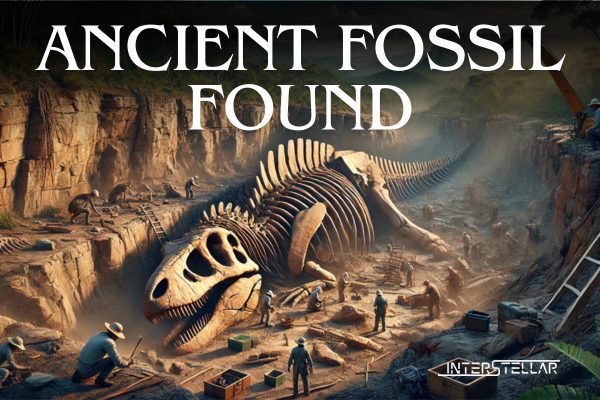Scientists Discover 237-Million-Year-Old Ancient Reptile Fossil in Brazil
Scientists in Brazil have uncovered an ancient reptile fossil, believed to be from an ancient reptile species that roamed Earth around 237 million years ago. Named Gondwanax paraisensis, this small, four-legged reptile is thought to provide important clues about the evolutionary rise of dinosaurs. Paleontologists are particularly interested in the discovery as it may help explain how dinosaurs came to dominate the planet.
The Gondwanax paraisensis species, identified as part of the extinct silesaurid group, measured about 1 metre (39 inches) in length, roughly the size of a small dog, and weighed between 3 and 6 kilograms (7 to 13 pounds). The reptile is believed to have lived in the region that is now southern Brazil during a much warmer period in Earth’s history.
Fossil Provides Key Insights into Dinosaur Evolution
Silesaurids, the group to which Gondwanax paraisensis belongs, have long intrigued paleontologists. There is ongoing debate about whether silesaurids were early dinosaurs or a precursor to them. According to the scientists’ statement, understanding these ancient creatures could shed light on what factors contributed to the evolutionary success of dinosaurs.
The fossil was found in rock layers dating back to the Triassic period, a time when not only dinosaurs, but also mammals, crocodiles, turtles, and frogs were beginning to emerge. This ancient find offers a rare glimpse into the early evolutionary history of reptiles, potentially providing answers about how dinosaurs eventually thrived.
Discovery and Research
The fossil was initially discovered in 2014 by Pedro Lucas Porcela Aurelio, a physician and paleontology enthusiast, in the town of Paraiso do Sul, located in Brazil’s Rio Grande do Sul state. Aurelio donated the fossil to a local university in 2021, leading to three years of extensive research. “Being the first human to touch something from 237 million years ago is extraordinary,” Aurelio said, expressing his excitement about the find.
The fossil’s significance has been detailed by paleontologist Rodrigo Temp Müller, who published an article in the scientific journal Gondwana Research. Müller emphasised the importance of the fossil’s age, noting that its age helps scientists gain insights into the early stages of dinosaur evolution. The discovery, initially obscured by thick rock layers, has revealed parts of the reptile’s vertebrae, adding to the knowledge of this ancient species.
Gondwanax paraisensis derives its name from the ancient landmass Gondwana, which formed part of the supercontinent Pangaea before the continents separated. The species name “paraisensis” honours the town of Paraiso do Sul, where the fossil was unearthed.





